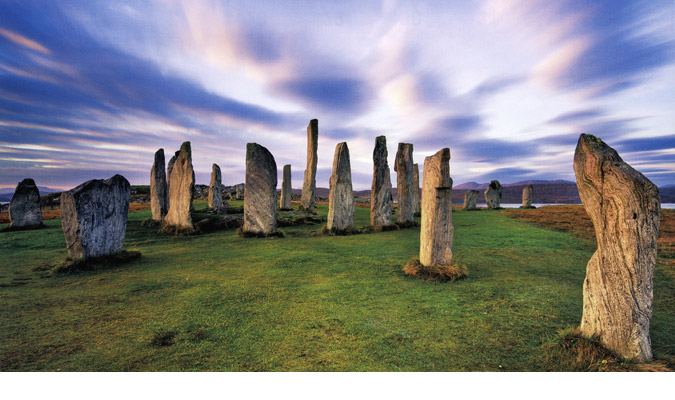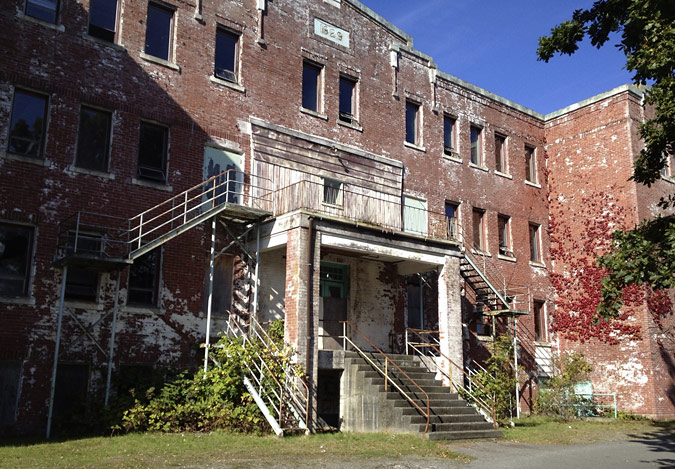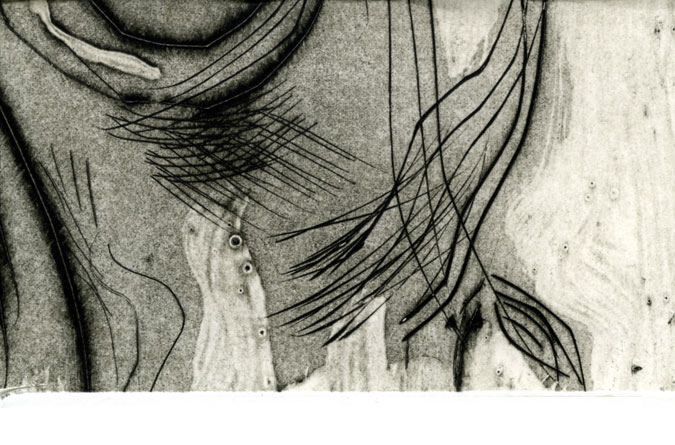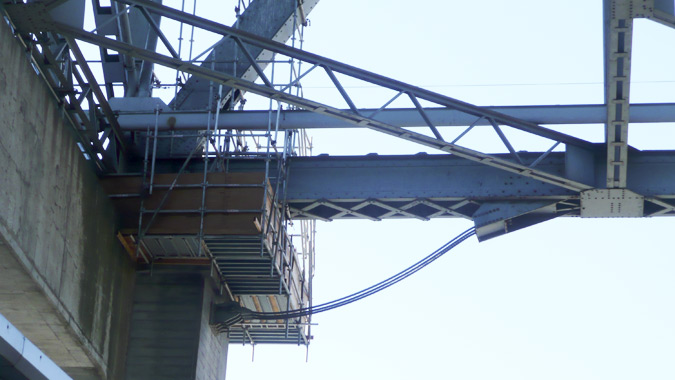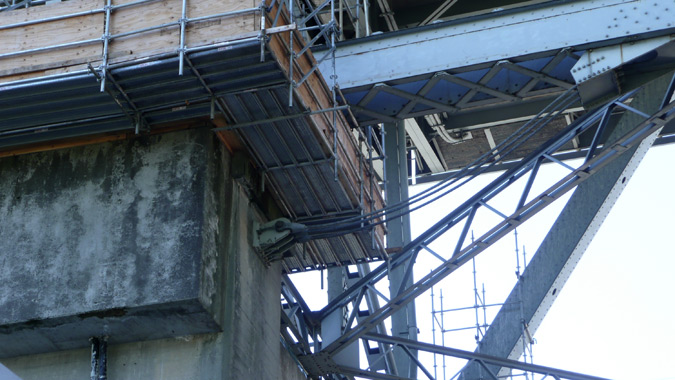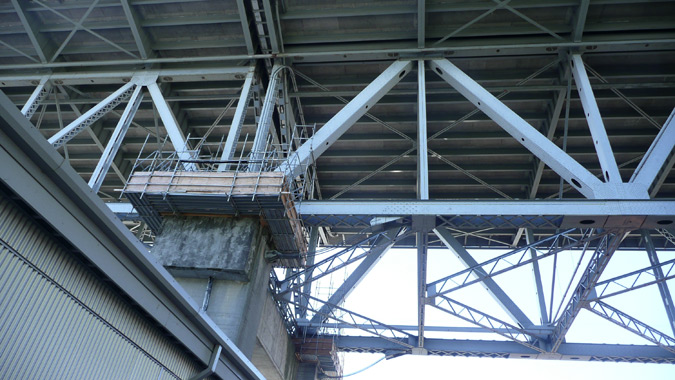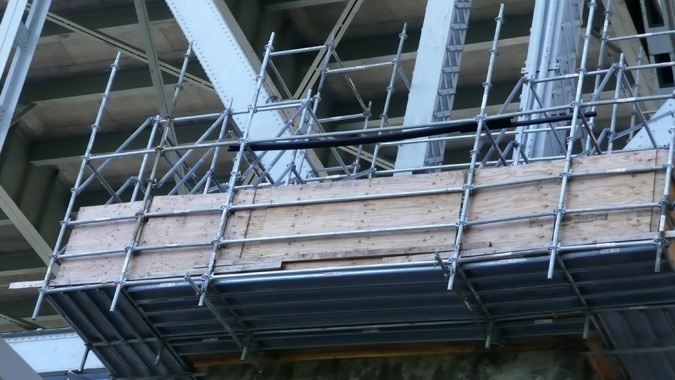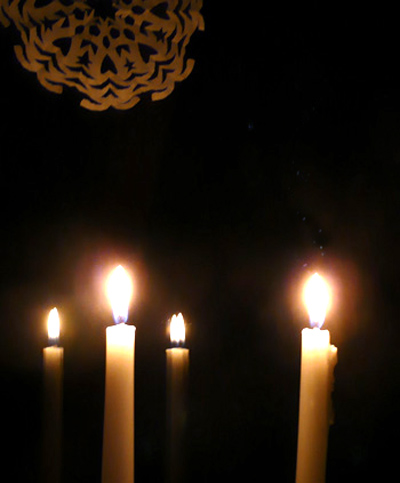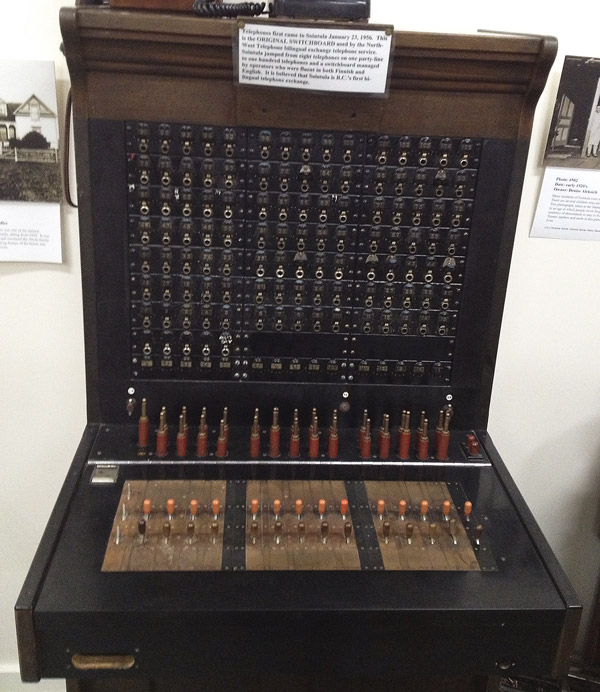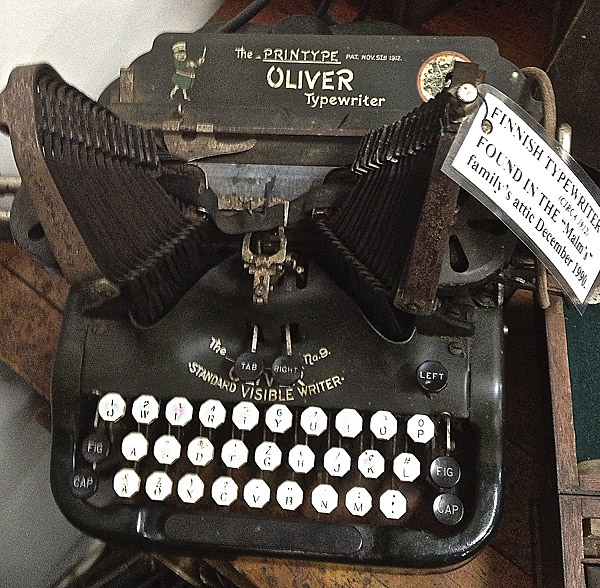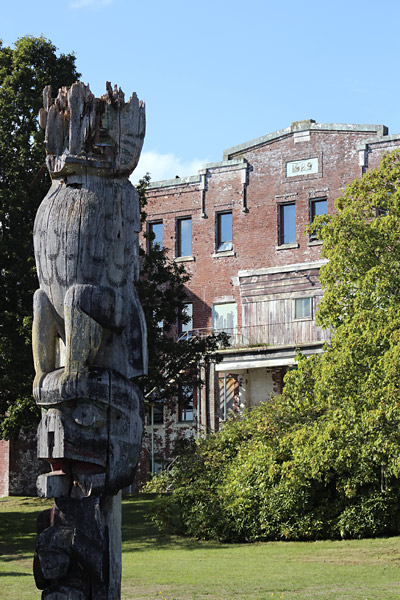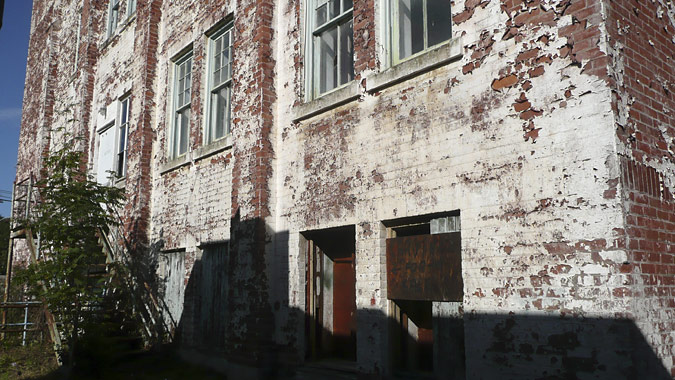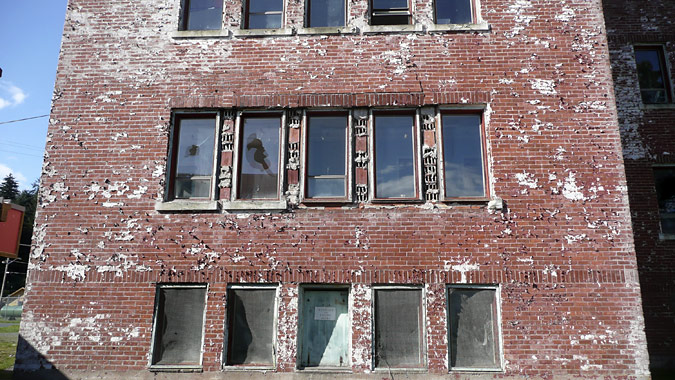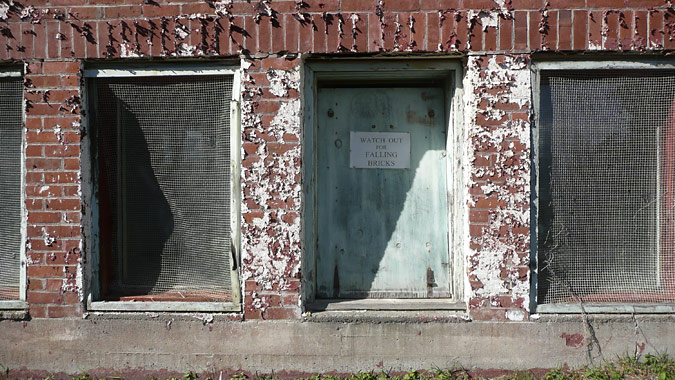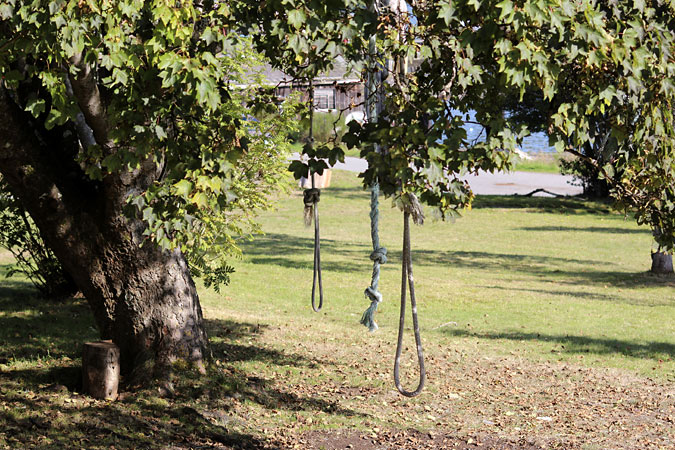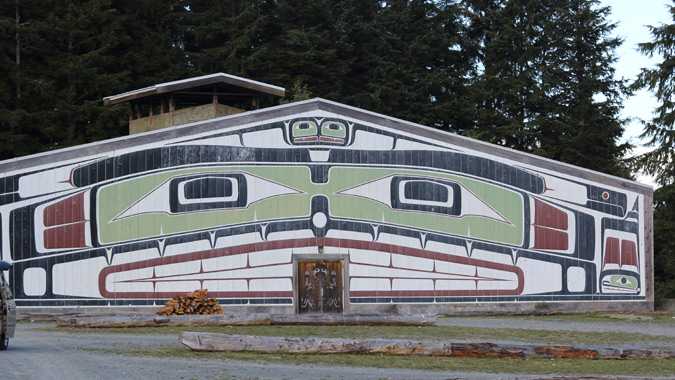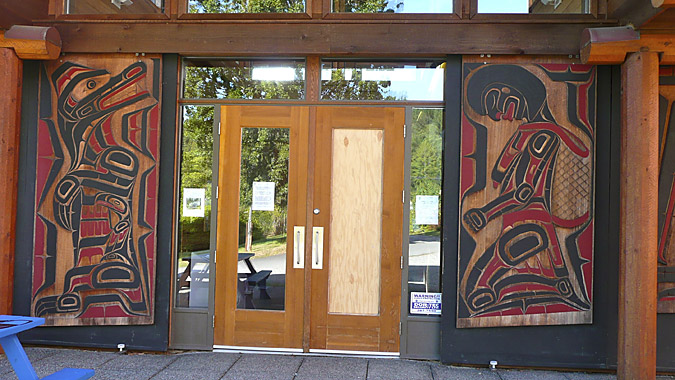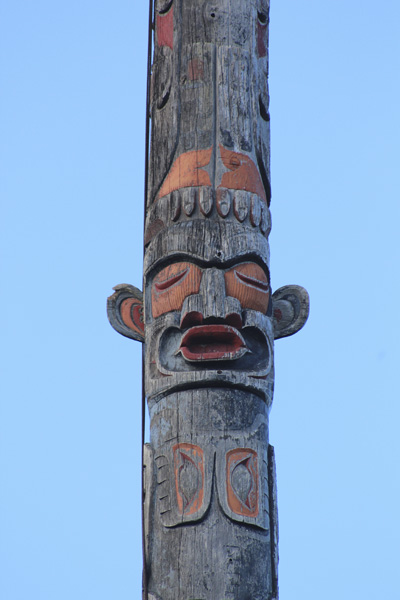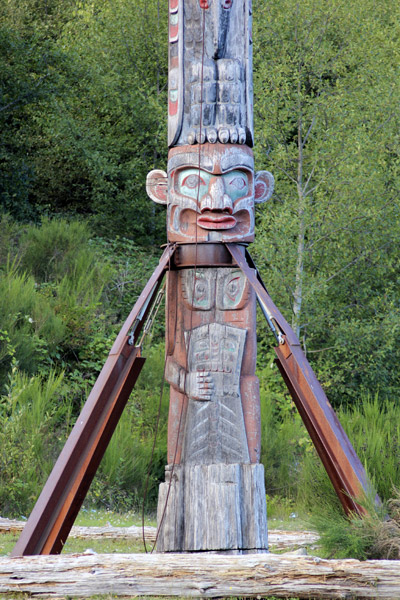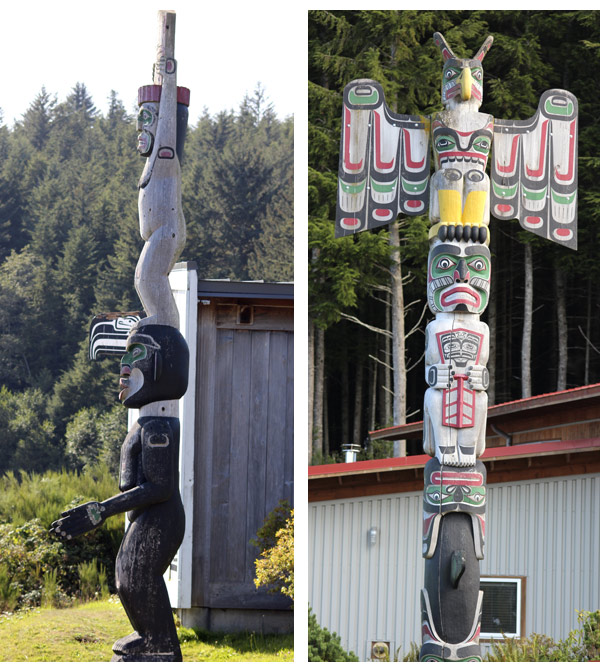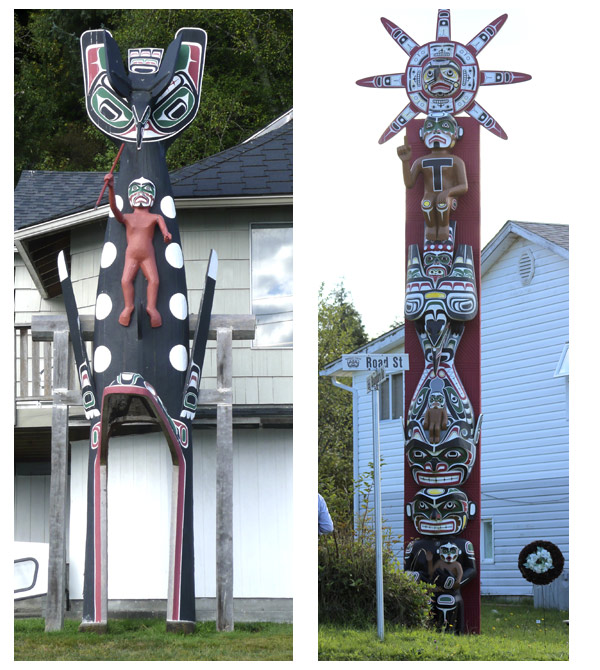New Year 2016
Very belated Happy New Year’s wishes to my dear readers! I hope you have all had a wonderful holiday season and that this new year will be a good one. So many in the world do need hope for safer and better lives. Will that ever change?
One of the New Year traditions, at least in our neighbourhood, is the receipt of new calendars from some of the local realtors. Some feature gorgeous local scenery while others feature exciting spots around the world to attract tourism. I fell in love with one of those latter images, of some standing stones called the megaliths of Callanish. Here is the text:
Its remote location on the Isle of Lewis, in Scotland’s Outer Hebrides, means that the megalith of Callanish attracts fewer tourists than its counterpart Stonehenge; however, these standing stones are just as impressive and equally puzzling. Erected around 5,000 years ago, the stones form the shape of a Celtic cross. Some archaeologists suggest the site was used as a lunar observatory while others, of a less scientific bent, prefer the local folklore, which tells of giants petrified for their refusal to convert to Christianity. Perhaps because its origins are undetermined, the Callanish Stones have a mystical quality.
Of course there is much more information online, which I will be studying for as many of you know, I find it a fascinating subject and have only seen Stonehenge and Avebury.
Though I no longer put up wall calendars I do save certain images… this one is a keeper! I could not find the photographer’s name to give due credit.
